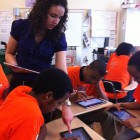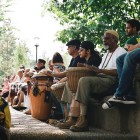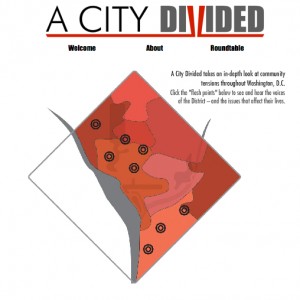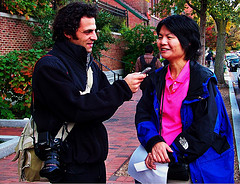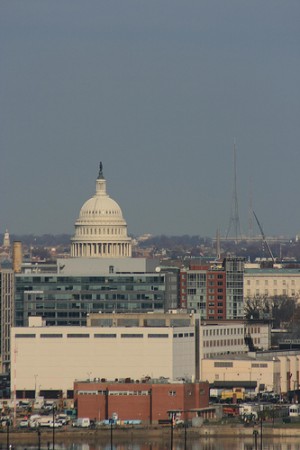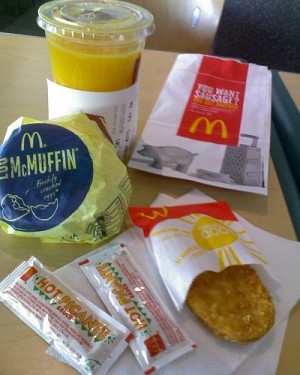
DCentric
Fast food: unhealthy, but delicious when you're too exhausted to travel for nutrition.
Postbourgie’s Nicole takes on “The Myth of the Food Desert“, by The Root’s John McWhorter. McWhorter wrote:
The no-supermarket paradigm discourages us from considering that human beings acquire — through childhood experience, cultural preferences and economics — a palate…
Culture, too, creates a palate — and to point that out is not to find “fault.” Example: Slavery and sharecropping didn’t make healthy eating easy for black people back in the day. Salt and grease were what they had, and Southern blacks brought their culinary tastes North (Zora Neale Hurston used to bless her friend Langston Hughes with fried-chicken dinners)…All of which is to say that our take on the obesity issue at hand cannot be that sugary and high-fat food is always the only food that is available to poor people within walking distance. It simply isn’t true.
Nicole responds:
I’ll lay it out for him. Obesity (along with hunger) is dramatically higher among poor communities. And guess what? If you are poor, your access to affordable, nutritious food is more likely to be limited…
